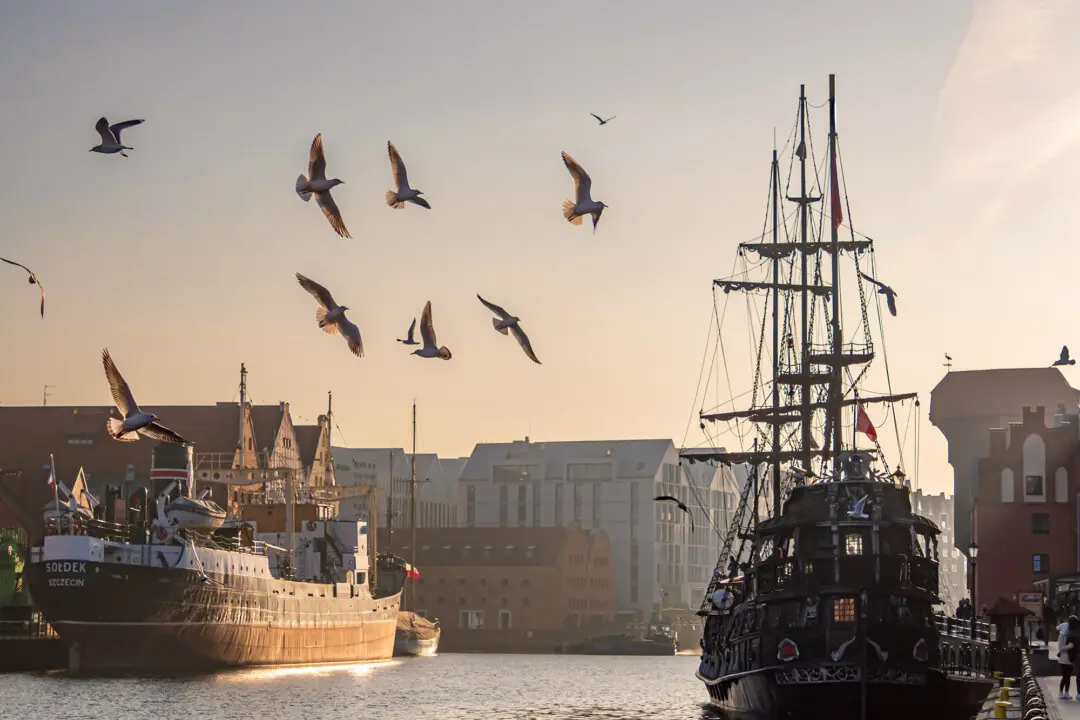If you squint your eyes a little, and really use your imagination, you can still see them. Huge wooden hulls built for long voyages in frigid, often-violent waters. Sail unfurled, perhaps snapping in a stiff wind. A long ship built to navigate what even today remain some of the world’s most difficult seas.
As I stood on a ridge, bundling against cold spring gusts, a whole subarctic world unfolded at my feet: rugged, windswept hills, dark with heather; stone towers and sturdy homes that lined the shores of the gunmetal-gray inlet; a moody sky above; and out there, in the vast beyond of the North Sea, the waves that brought the Vikings to this land.





